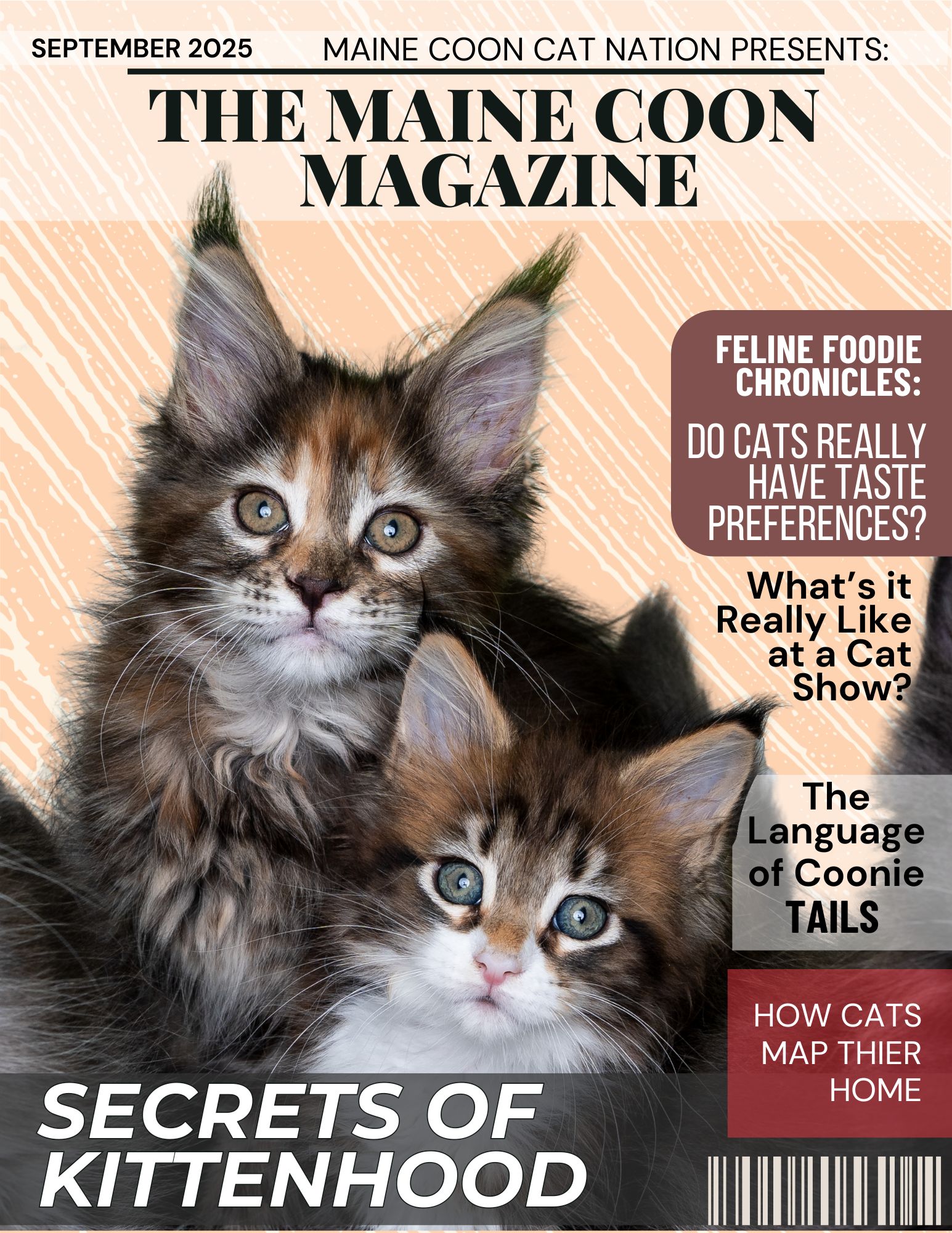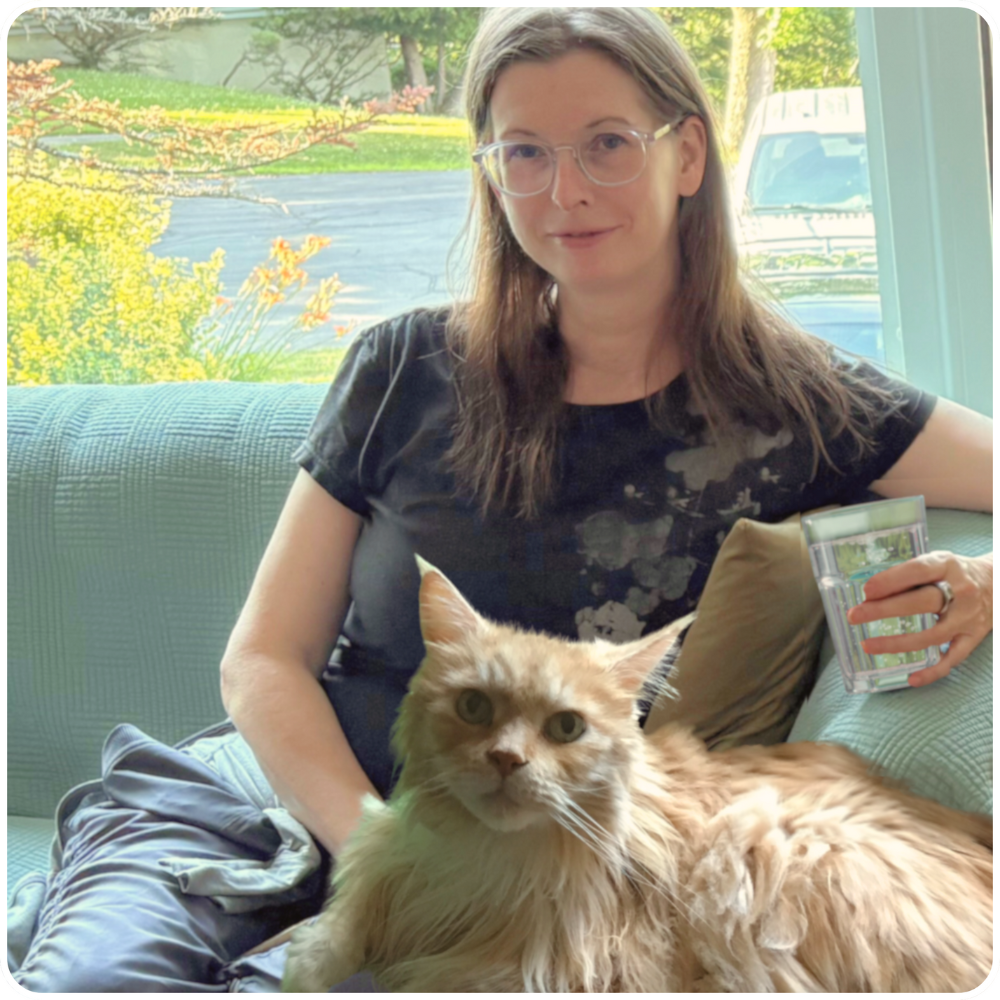- Home
- Litter Box Care
- Natural Cat Litter
Disclosure: this site is reader-supported. When you buy through links on our site, we may earn a small commission, at no extra cost to you.
Natural Cat Litter
Is It Worth Switching?
Which Type Is Best?
When I was a kid, the only natural cat litter was the dirt outside! There just weren't that many choices.
If you like this, you'll love our fun, free Daily Digest!

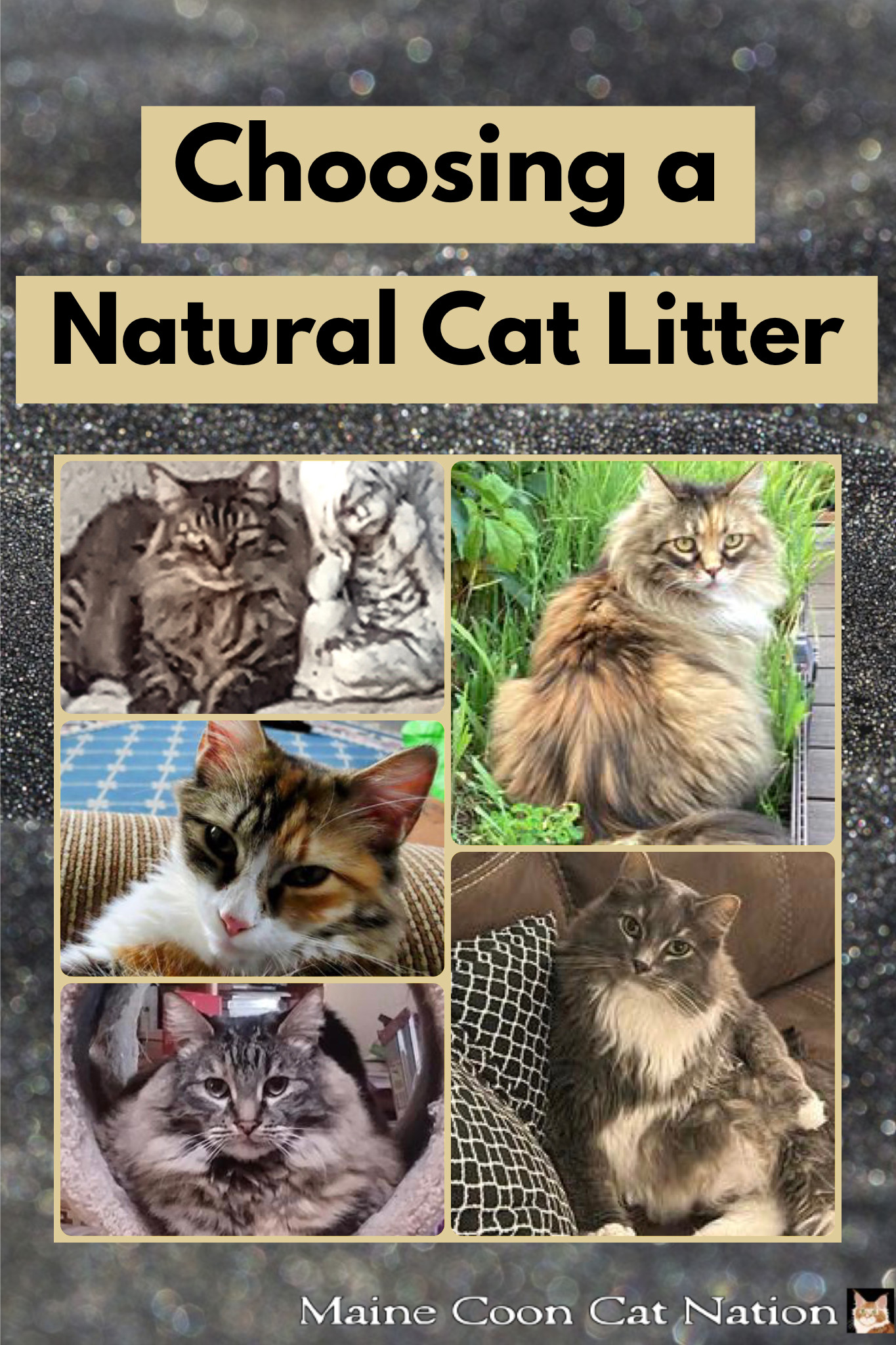
But now, during a time when many folks are going green, eating organic, and even making homemade pet food, this new healthy era has many benefits for our pets as well.
There are many good reasons to choose natural cat litter, and a variety popular brands being used today.
What's in The Box? A Little History:
In the old days, there was no official "cat litter" on the market. Pet cats spent most of their time in barns and outside. They did their "business" outdoors.
When people started letting their feline friend indoors more, they would use a box of sand, dirt or ashes.
Then, in the late 1940's, a man by the name of Edward Fuller was asked by his neighbor for a bag of sand. She had been using ashes for her kitty, and they were being tracked through the house.
He offered an industrial absorbent made of clay instead. It was a hit, and Fuller founded the Tidy Cat brand.
Then, in the 1980's, along came clumping cat litter. It was a huge hit.
Why Use Natural Cat Litter?
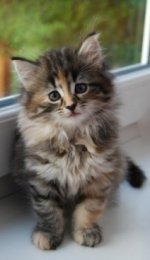
Traditional clay clumping clay cat litter contains an ingredient called sodium bentonite. This is what makes it scoopable. When sodium bentonite comes in contact with liquid, has the ability to expand to 15 to 18 times its original size.
When a feline washes himself, particles could build up in the system. For kittens, this is a very real problem. Never, ever use clumping litter for a young kitten!
When young kittens make a mess in the box they will try to clean their feet after. They are known to ingest it, causing intestinal blockage. This can be fatal and tragic.
When this dust builds up in a feline's system, they can experience many health issues including blockages and dehydration which can lead to urinary tract problems.
The other concern is regarding the use of clay clumping litter with a covered box. When breathing in the dust containing sodium bentonite, the concern is that it could build up in the lungs.
When these issues became widely known, along came the modern choice: natural cat litter!
Crystalline silica dust is another dangerous ingredient that cat lovers worry about. Breathing in silica dust can cause an irreversible lung disease called silicosis, as well as cause other serious problems, including lung cancer.
Clay-based products can contain both of these ingredients, so it's definitely a good idea to check those product labels!
Side-note: There has been some confusion regarding silica dust in crystal kitty litter. For this use, crystalline silica (which is dangerous) is processed into amorphous silica gel (which is harmless). So crystal is safe if you want to try it.
Types of Natural Cat Litter
There are a few natural clumping kitty litters on the market today. They are made out of natural ingredients like paper, pine, wheat or corn, and even walnuts!
They can be slightly more expensive, but longer-lasting. Some of the popular brands include Yesterdays News, Feline Pine, Swheat Scoop, and Worlds Best.
Yesterdays News by Purina and Fresh News are two popular brands made from recycled newspapers which have been turned into pellets. The pellets absorb liquid from the bottom of the pan, expanding in size. It's not clumping, but instead the contents of the box must be changed regularly.
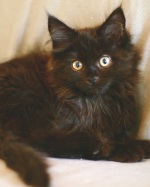
Pros:
- All natural
- absorbent
- many cats don't mind the pellets
Cons:
- cost
- the pellets don't always cover bowel movements, according to reviewers
SWheat Scoop is made from wheat, and Worlds Best is made from corn kernels. Both have similar pros and cons.
With these litters, people tend to either love them or hate them. These opinions are usually based on whether kitty is willing to make a change. Also, odor control can depend on the size of the home as well as box cleaning frequency and practices.
We used World's Best successfully for quite some time. We found it to create little dust, and the tight clumps were easy to scoop. To learn more, read our full page review here: Worlds Best Cat Litter Review.
Pros:
- easy scooping
- flushable
- natural
Cons:
- a unique scent you may or may not like
- wheat and corn products can be attractive to insects
Wood Litter
Next up is wood-derived natural cat litter. This is the kind we used the longest with our Maine Coons.
I'm pleased that they took right to it, and over-all I'm quite impressed. To be honest, I just really like the fresh pine scent. Check out our full Feline Pine review.
ökocat is another brand to consider. This type of litter is made from sustainably sourced natural wood fiber; it has become popular and readily available in recent years.
Pros:
- all natural
- reasonable cost
- clumping
- pleasant pine aroma
- masks urine odor well
Cons:
- it can track a bit more than we had with the clumping litter if not using the pellet version
- like any of these, it's a gamble if kitty will "make the switch"
Have you heard of natural clumping litter made from walnut shells?
Naturally Fresh is a new litter for cat parents looking for healthy alternatives.
This walnut cat litter is low dust and low tracking, and extremely absorbent.
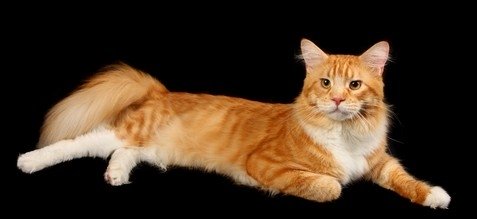
Are These Products Flushable?
Flushable, biodegradable cat litter sounds just about perfect, right? If you research it, though, you will find advice never to flush any type of natural cat litter.
Is flushing it really that bad? Well, it's not about the type of flushable cat litter. It's about what's in feline feces.
It would seem that flushing the waste, or dumping it in the woods, is the eco-friendly thing to do. But cat feces contains something sinister.
A harmful parasite, Toxoplasma gondii, leaves its eggs in the solid waste. It can actually live in soil for months to years! It then works its way into the water system, eventually entering the bodies of marine animals.
So, flushable cat litter, though natural in terms of how it was created, is not natural enough to be re-introduced to the land it came from.
Some of the animals whose deaths have been attributed to this parasite are Hawaiian monk seals and California sea otters. It has also been found in dolphins and a humpback whale.
Experts advise that cat owners double-bag their kitty's waste and dispose of it with their household trash, sending it to a landfill. For now, that's the the only way to keep our marine wildlife safe. [1]
Our Top Picks for Natural Cat Litter:
We were pretty lucky with Alice and Leo using whatever we put in the box. The only one they didn't like was the crystal-type we tried many years ago. The granules were harsh and loud when walked on.
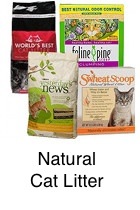
Why have we tried all these natural litters? Well, to be honest, I didn't set out to review all these!
We live in a small town, go to a small local market when we run out of things, and they have a rather small pet supply selection.
From time to time, our favorite is simply not on the shelf, so I choose another!
Is there a best? Well, it depends on you and your kitty! We've used them all with success. Here are some of the ones we've used the longest:
Feline Pine: This was the first type of natural litter we tried, and I loved the natural scents. It neutralized the odors in the box VERY well. It clumps well too.
On the other hand, it has a fine or soft texture (unless you use the pellet version; we used the clumping version) rather fluffy and lightweight.
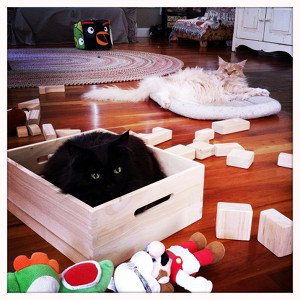 Alice and Leo
Alice and LeoIt does tend to attach itself to that Maine Coon fur and we did find ourselves vacuuming more frequently.
World's Best: The cats took to it straight away. The texture and clumping ability is very close to that of the traditional cat litter you or your cat may be accustomed to.
It does carry it's own natural corn-like scent, which pleases some and not others. It's a matter of personal choice. They have a multiple-cat formula as well, and this brand is well-known and readily available.
SWheat Scoop: Though this is not the most well-known natural kitty litter, I was pleasantly surprised with this one, and we continued to buy it. In my opinion, it is (virtually) odorless, which is great. It clumps just like traditional clumping litter, very, very well.
The texture is also very close to traditional litter. If I had to find one detail to nitpick about, I don't think I could!
Those are the three we used the most. When I was unable to find any of them on the shelf, I took a look at the old familiar brands. Lo and behold, Arm and Hammer has gotten in on the action and created a natural kitty litter - Arm and Hammer Naturals.
It contains corn and baking soda as well as clumping agents. It provides excellent odor control with a very clean scent (if somewhat strong and not exactly natural!) rather like laundry detergent.
It is slightly more "powdery" then SWheat Scoop and World's Best, but not enough to cause a mess.
The amount that escapes the box, finding it's way out onto the floor is the same as with the others.
All in all, it's not clay (which I despise due to it's synthetic chemicals and artificial fragrances), it's natural and corn-based, smells lovely (who ever says that about their kitty's box?!) and Alice and Leo took to it just fine.
So in conclusion, is there a best natural cat litter for Maine Coons?
I think, as long as your cat uses it, it doesn't get stuck to their bloomers, and you are happy with the performance, any of these can be the best! Or perhaps you've found yet another favorite?
Regardless of brand, making the switch to natural cat litter may require a bit of trial and error. Your cat may need a gradual change, for example.
And if your vet recommends natural cat litter following surgery, try to make the switch before the procedure.
When it comes to the ingredients in so many household items, less is definitely more. Hopefully you will find a new and healthy option everyone in your house will be happy with!
« Back to Maine Coon Litter Box Problems and Care
